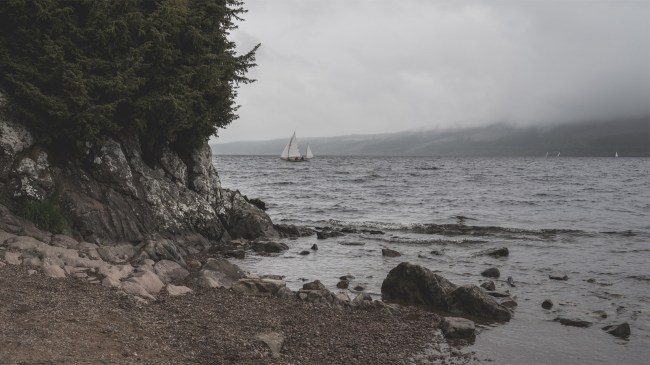iStockphoto
Images of “micro-monsters” living in Loch Ness have been captured for the first time using a state-of-the-art digital holographic camera.
Researchers from the University of Aberdeen recently teamed up with The Loch Ness Centre in an effort to discover more about what is lurking in the world famous waters.
Using technology called the weeHoloCam – a device that can take thousands of digital holographic images in one dive – they were able to capture holographic images of the microbial life living in Loch Ness.
Once the dive was completed, the latest in artificial intelligence techniques is then used to classify the images of the plankton particles that were captured on the holographic camera.
“A traditional camera has a very short focus and you have to take several photographs at different times to capture a scene,” Emeritus Professor Jon Watson, part of the team of Aberdeen engineers, said in a press release. “With a hologram, an entire volume is recorded in one shot. It’s like lifting a bit of the ocean up and taking it to your laboratory.”
“This was a unique opportunity for us to deploy the weeHoloCam in fresh water, as it has previously only been used in the ocean,” said Dr. Thangavel Thevar from the University of Aberdeen’s School of Engineering.
“We were curious as to what the water quality would be like, especially at lower depths, as we know that too much peat could obstruct the recording path of the instrument. But we lowered the camera to around 200 meters and were able to see lots of interesting particles which, by working with biologists, should be able to give us more information about the biodiversity of Loch Ness.”
The researchers were encouraged to come run their tests in Loch Ness by Nagina Ishaq, General Manager of The Loch Ness Centre.
“At the centre, we present the whole story about Loch Ness – the science and the myths and as part of that ongoing effort we want to encourage researchers to come here and to find out more about what is in the Loch, because there is so much we don’t know,” he said.
The researchers plan to return to Loch Ness later in the year for more deployments of the weeHoloCam. Perhaps their next expedition will finally reveal the truth about the Loch Ness Monster.

